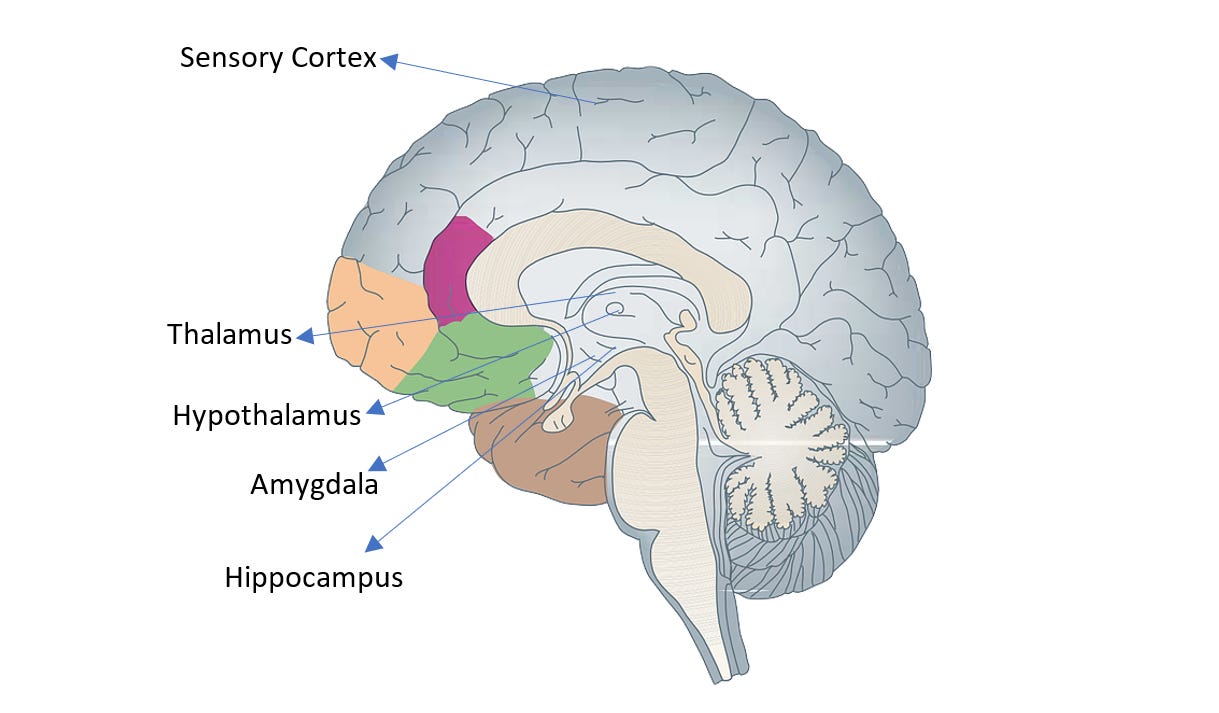A Brief Scientific Overview of Fear?
Written By Devika Chauhan
We’ve all experienced fear at some point in our lives. Whether that be the sickening feeling in your stomach at the top of a rollercoaster, or when watching a horror movie. But how exactly is fear created, and how do we determine how to react to it? Keep reading to learn more.
The moment fear is recognized, the amygdala, a small organ in the middle of the brain, is activated. This creates a fear response, releasing stress hormones such as cortisol and adrenaline. Blood pressure and heart rate are also consequently increased. This is known as the “fight-or-flight” response. However, as the amygdala is activated, other parts of the brain such as the cerebral cortex, become impaired, or “foggy.” Therefore, it can become difficult to think clearly or make good decisions. Another outcome of this phenomenon is that your physical response may be to scream out even put your hands up.
Although, this feeling of fear is often used as a source of pleasure. Thrill seekers would go on roller coasters, or haunted houses to derive this sort of pleasure from enduring scary or stressful situations. Northwestern Medicine Clinical Psychologist, Zachary Sikora, PsyD, says “During a staged fear experience, your brain will produce more of a chemical called dopamine, which elicits pleasure,” (Northwestern Medicine, 2020)
Fear is a natural experience that we all face, and it's important because it's a response used to keep us safe from harm both consciously and unconsciously.
References
Medicine, N. (2020, October). 5 Things You Never Knew About Fear. Northwestern Medicine. https://www.nm.org/healthbeat/healthy-tips/emotional-health/5-things-you-never-knew-about-fear#:~:text=Fear%20Is%20 Physical Text=As%20soon%20as%20you%20 recognize
Written By Devika Chauhan from MEDILOQUY


